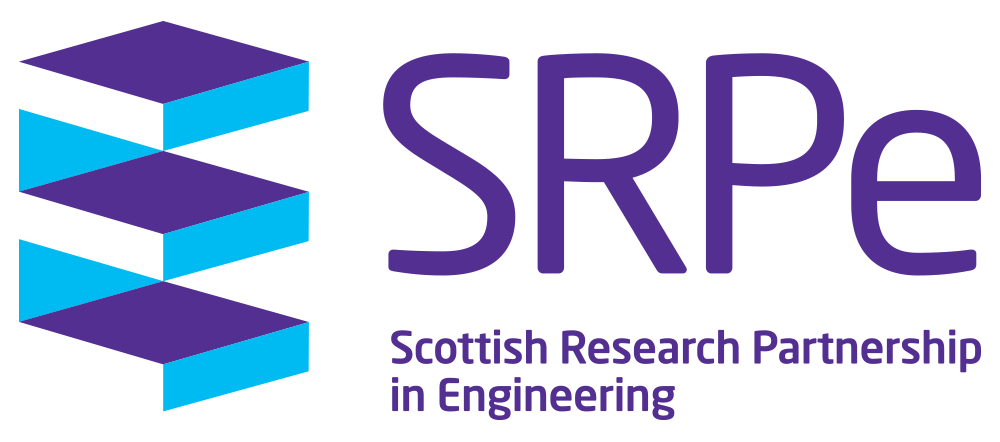Development of a Rapid Methodology for Assessing the Durability of Concrete Containing Slowly Reacting Cements
Academic Institution: University of Dundee
Academic Supervisors: Professor Rod Jones, Dr Moray Newlands
PhD Student: Maciej Jozwik
Summary
The aim is to develop a test-based methodology that reduces the time required for concretes containing larger proportions of slowly reacting cements to fully develop, allowing for fair performance and long-term durability assessment.
The practical challenge with adopting low carbon concretes, containing larger proportions of slowly reacting cements, is fair assessment of performance and durability. Widely adopted practises assume a standard period of 28-day water curing for concrete to reach acceptable degree of maturity to be then subjected for performance and durability assessment. While 28 days of curing to reach acceptable maturity is suitable for PC dominated conventional concretes, it is well known that for concretes exceeding 50% PC replacement the comparable degree of maturity is not reached until 90 to 180 days of curing.
Such prolonged curing period is far too long and impractical for the industry and instead the standard 28-day curing is employed, resulting in the performance of such concretes not being fairly assessed and a reluctance to use them. Consequently, based on inaccurate performance assessment, the Engineer is deemed to specify overly conservative concrete mix requirements, which in turn goes against the low carbon emission agenda.
In response to climate emergency, the cement and concrete industry is actively promoting lower carbon solutions, such as widespread specification of concretes containing higher (>50%) Portland cement replacement. The slower setting times and strength gain of such concretes can pose challenges for project scheduling. Although contractors have adapted to these issues, the performance of lower clinker ternary cements, as specified in BS EN 197-5, is expected to present an even bigger challenge.
Low carbon alternatives can require between 90 and 180 days of standard water curing to achieve the equivalent 28-day concrete maturity of conventional concretes. This extended curing period complicates the assessment of performance within timeframes that are suitable for clients and designers to make informed decisions on material specifications.
Two methodologies for accelerating concrete maturity were proposed: i) alkali-activation of PC-based cement types and ii) elevated temperature cycle curing (ETC curing). A range of cement type combinations (CEM II/B-V, CEM II/C-M (S-L), CEM VI (S-L) and CEM VI (S-V)) were cast using typical water-cement ratios for both structural and non-structural concrete (0.4, 0.5 and 0.6 w/c).
The ETC curing methodology (3 days standard water curing, followed by 18 days elevated temperature curing at 50°C) was compared to 90-day standard water cured concretes including compressive strength development to establish equivalent maturity. Comparisons of both microstructure (mercury intrusion porosimetry and SEM) and chemical composition (pore-water alkalinity and thermogravimetric analysis) were undertaken as well as durability performance using carbonation (natural and accelerated), chloride migration and sulfate resistance.
The research showed that 21-day ETC cured samples are equivalent to 90-day standard cured specimens in terms of compressive strength, internal physical microstructure, chemical composition and durability performance. Concretes with 0.4 and 0.5 water-cement ratios responded very positively to ETC curing, showing strong equivalence to 90-day standard cured counterparts. At higher water-cement ratios of 0.6, the equivalence between differently cured CEM VI concretes diverged. However, the compressive strength development curves suggest that extending the ETC curing duration beyond 21 days may potentially resolve this discrepancy for these concrete mixes.
Additionally, a service-life evaluation was performed for newly approved general-use concretes, CEM II/C-M and CEM VI, in accordance with the revised BS 8500:2023 standard. The analysis, conducted on an equal compressive strength basis, demonstrated that these concretes exhibit satisfactory performance with respect to the intended working life in XC3/4, XD3, and XS3 exposure classes with up to 40% CO2e reduction compared to the conventional CEM II/B-V concrete.
Journal publications/conferences
Research Communication :
Presented my work at three conferences, one international (NTCC 2023 in Czech Republic), two national (SRPe 2022, Edinburgh; ETP 2022, Edinburgh).
Reporting directly to the European Standards Technical Committee responsible for concrete durability test methods, CEN TC51(CEN TC 104)/WG12/TG5, where my work contributed to the development of new CEN standards.
Contributed to Concrete Society Journal, Concrete: Nov 2022. 56, 9, pp. 13-15 and Nov 2023, Concrete, 57, 9, pp. 25-27.
Awards & Publications (Discovery Page):
JOZWIK, M.R. JONES, R., NEWLANDS, M., & MACPHEE, D. ‘Fairly and Rapidly Assessing Low Carbon Concrete Made with Slowly Reacting Cements.’, Proceedings of 7th International Non-Traditional Cement & Concrete Conference, Ed V. Bilek, F. Khestl, P. Miarka, & S. Seitl (Eds.), Brno University of Technology, June 2023, (pp. 107–121).
Shortlisted as one of four finalists for the best UK national thesis in the field of Cement and Concrete Engineering - Adam Neville PhD Prize (November, 2023)
Won best presentation in Material Science during the ETP annual conference (Edinburgh, 2022)
Contact details
Academic supervisors:
Professor Rod Jones, University of Dundee:
m.r.jones@dundee.ac.uk
Professor Moray Newlands, University of Dundee:
m.d.z.newlands@dundee.ac.uk
Student
Dr Maciej Jozwik:
mjozwik@dundee.ac.uk
